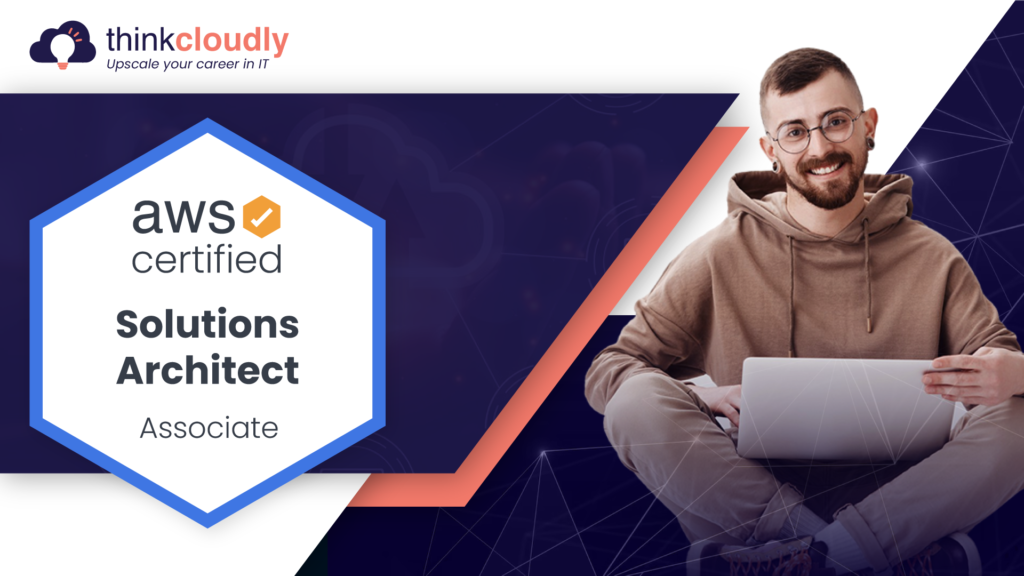The decision between Fog, Edge, and Cloud Computing models depends on your strategy. It is important to understand the differences in these concepts so that you can make an informed choice for yourself as well as others who may need a similar service but with different needs or approaches to computing
The following blog will help provide clarity when considering which type of system would be best suited: There’s no right answer here!
Deciphering Cloud, Edge, and Fog Differences
The landscape of computing has expanded to encompass cloud, edge, and fog computing, each serving distinct roles. Cloud computing centralizes data processing and storage in remote data centers, offering scalability and accessibility. In contrast, edge computing processes data closer to its source, reducing latency and supporting real-time applications. Meanwhile, fog computing, often used interchangeably with an edge, emphasizes distributing processing across a network’s edges. The key difference between fog and cloud lies in proximity: fog brings computation closer to devices, while cloud relies on centralized servers. This trio of computing paradigms caters to diverse needs, enabling efficient data management and processing across various scenarios.
In the realm of computing models, distinguishing between fog, edge, and cloud computing is pivotal. While fog and cloud computing share similarities in their utilization of remote resources, the main difference between a fog and a cloud is their proximity to the data source and processing. The cloud is typically characterized by centralized data centers located at a considerable distance from end-users, emphasizing scalability and remote data storage. In contrast, fog and edge computing bring processing capabilities closer to the data source, reducing latency and enabling real-time analysis. Edge computing is situated even closer to the data source than fog computing, often on IoT devices themselves, further optimizing latency-sensitive applications. Therefore, the key disparity lies in their architectural placement and the trade-offs between data locality and scalability.
What is Cloud Computing?
Cloud computing is already the most popular form of data storage and processing. It provides businesses with reduced cost, increased efficiency through metered services (which means you only pay for what your computer uses), as well as employee access wherever they happen to be thanks in large part because cloud providers allow users to connect remotely using their broadband connection rather than having local hardware which can often require expensive installation fees or long-term contracts; consumer applications like mobile banking are also enabled by this technology!
In a nutshell, Cloud Computing replaces physical structures with virtual ones. With this flexibility, the administrator can manage and create applications and service delivery for users. It could be public, private, or mixed.
Latency and restrictions in real-time processing are two of the primary disadvantages of cloud computing.
What is Edge Computing?
Edge computing is a term that’s been thrown around a lot lately, but it’s not as well known as the cloud or fog. Edge computing is a way of managing data that’s closer to the source. It refers to systems that are located at the edge of the network, as opposed to in a central location.
Edge computing has the potential to improve performance, responsiveness, and security while reducing latency, bandwidth requirements, and energy consumption. Certainly, it is better than cloud computing.
Edge computing can also help to manage bandwidth congestion and energy consumption in data centers. For example, Netflix has been experimenting with edge caching servers to reduce the amount of traffic flowing into its data centers.
Simply put, edge computing is the practice of moving selected functions and data away from centralized servers and closer to the users or things that need them. This can improve performance, responsiveness, and security while reducing latency, bandwidth requirements, and energy consumption.
Build Your Career as a
AWS Cloud Architect
- Live Projects
- Resume / Interview Preparation

Boost your earning potential with AWS expertise. Explore our certified AWS Courses for a high-paying career
What is Fog Computing?
The fog is another metaphor that has been used to describe computing, but it’s not as widely understood. Fog computing extends the cloud metaphor to the physical world. It’s a distributed system that sits between the devices and the cloud. It’s closer to the Internet of Things (IoT) than the cloud, and it’s designed to manage the increasing number of devices and data coming online.
Fog computing is an extension of cloud computing — it brings the capabilities closer to the source, such as IoT gateways or devices on the field.
This means that data processing and analytics can happen near the data source, reducing the amount of traffic that needs to travel to the cloud. Fog nodes can also act as intermediaries between devices and the cloud, caching or buffering data when necessary.
Difference between fog, edge, and cloud computing
So, what’s the difference between fog, edge, and cloud computing models?
The main difference is where the processing takes place, With fog computing, the processing takes place near or at the edge of the network, with clouds doing most of the processing in centralized data centers. Edge computing pushes some of the processing to devices at the edge of the network, closer to where the data is being generated or used.
Each approach has its benefits and drawbacks:
- Fog computing can handle more data and is better suited for real-time analytics and applications.
- Edge computing can be more efficient with limited bandwidth and delivers faster response times for certain applications.
- Cloud computing is better at handling large amounts of data and offers more flexibility for scaling up or down as needed.
Deciding which approach to use depends on the specific needs of the organization:
- If faster response times are critical, then edge computing might be a better option.
- If the organization needs to handle large amounts of data or if flexibility is important, cloud computing might be a better choice.
- Fog computing can be a good option for organizations that need both fast response times and the ability to handle large amounts of data.
Ultimately, it’s up to the organization to decide which option works best for them. fog, edge, and cloud computing all have their own benefits and drawbacks, so it’s important to understand what each one can offer before making a decision.
Conclusion:
The world of IoT products and the data they generate is huge, so it’s understandable that companies are looking for ways to manage this new reality. Cloud, Fog, or Edge computing technologies can be used in many different contexts with an IoT system because each one has its own strengths that make them irreplaceable solutions to some very real challenges. To learn more about these three types of technology and how they may benefit your company’s growth strategy and your IT career, check out our other blogs on AWS and Azure cloud computing as well as our Training courses on both platforms.











